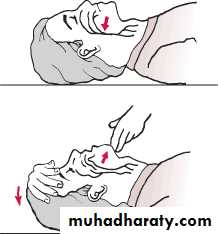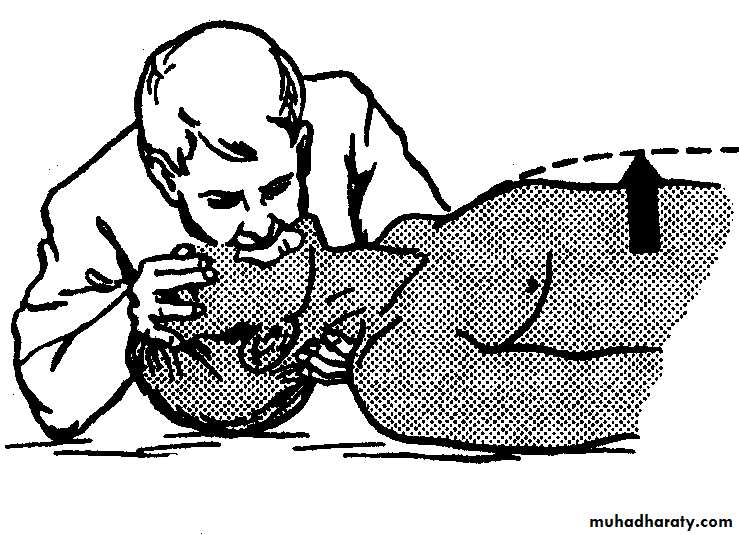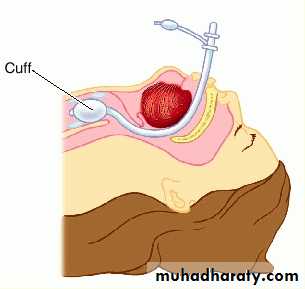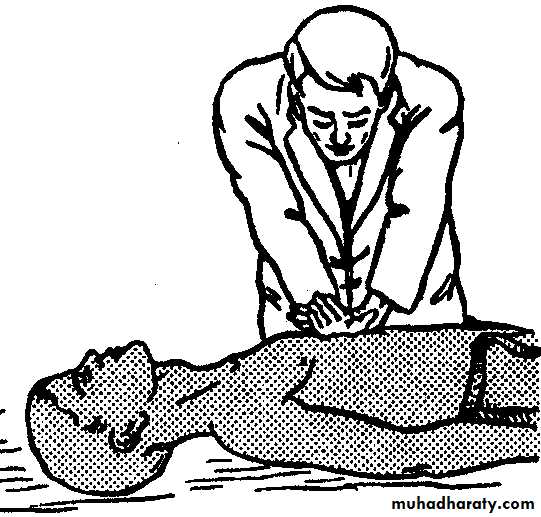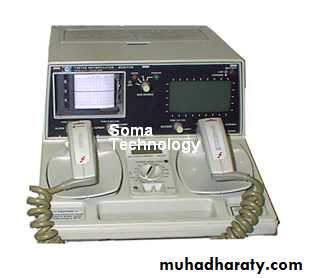CARDIOPULMONARY RESUSCITATION
Cardio Pulmonary Resuscitation
Definition : Consists of mouth-to-mouth respiration and chest compression.
Aims : Allows oxygenated blood to circulate to vital organs such as the brain and heart.
Keep the person alive until more advanced procedures (such as defibrillation - an electric shock to the chest) can treat the cardiac arrest.
Effective CPR is based on the artificial delivery of oxygenated blood to systemic circulatory beds at a rate that are sufficient to preserve vital organ function & at same time providing the physiologic substrate for rapid return of spontaneous circulation.
HISTORICAL REVIEW
5000 - first artificial mouth to mouth 3000 BC ventilation1780 – first attempt of newborn resuscitation by blowing
1874 – first experimental direct cardiac massage
1901 – first successful direct cardiac massage in man
1946 – first experimental indirect cardiac massage and defibrillation
1960 – indirect cardiac massage
1980 – development of cardiopulmonary resuscitation due to the works of Peter Safar
5Causes of cardiac arrestcardiacextracardiacPrimary lesion of cardiac muscle leading to the progressive decline of contractility, conductivity disorders, mechanical factorsall cases accompanied with hypoxia
6Diagnosis of cardiac arrestSymptoms of cardiac arrest absence of pulse on carotid arteries – a pathognomonic symptom respiratory arrest – may be in 30 seconds after cardiac arrest enlargement of pupils – may be in 90 seconds after cardiac arrestBlood pressure measurementTaking the pulse on peripheral arteriesAuscultation of cardiac tonesLoss of time !!!
Sequence of operations
Check responsiveness
Call for help
Correctly place the victim and ensure the open airway
Check the presence of spontaneous respiration
Check pulse
Start external cardiac massage and artificial ventilation
Cardio Pulmonary Resuscitation
BLS – basic life support.
ACLS – advanced cardiac life support.
Main stages of resuscitation
A irway – ensure open airway by preventing the falling back of tongue, tracheal intubation
Breathing – start artificial respiration of lungs
Circulation – restore the circulation by external cardiac massage
Differentiation, Drugs, Defibrillation – quickly perform differential diagnosis of cardiac arrest, use different medication and electric defibrillation in case of ventricular fibrillation
A (Airway) ensure open airway
A (Airway)
ensure open airway
B (Breathing)
Tilt the head back and listen for. If not breathing normally, pinch nose and cover the mouth with yours and blow until you see the chest rise.
B (Breathing)
EFFCTIVE RESCUE BREATHS
Airway management
Mouth-mouth respiration (pocket face masks).Mouth-mouth&nose respiration.
Bag & mask ventilation.
Airways (nasal & oral).
Endotracheal tubes.
Laryngeal mask airways.
Combitubes.
Airways (nasal & oral)
Laryngeal mask airways
Endotracheal tubes.
Closed chest compressions only effective if the patient successfully ventilated.Circulation-Check the pulse
Check the pulse on carotid artery using fingers of the other hand.
In infants brachial pulse is more easily located & palpated than the carotid pulse.
C. Circulation
Restore the circulation, start external cardiac massageC. Circulationexternal cardiac massage
EFFECTIVE CHEST COMPRESSIONS15 -2(breaths)
Delivery of oxygenated blood during cardiac arrest & CPR is dependent on the effectiveness of chest compressions
Interruption of chest compression <10 sec except during ET insertion or defibrillation.
Search for & treat possible contributing factors
Possible arrhythmias
ventricular tachycardia & fibrillationbradyarrythmia including electromechanical dissociation and asystole
supraventricular arrhythmia accompanied with tachycardia
supraventricular arrhythmia with normal blood pressure and pulse rate
VENTRICULAR FIBRILLATION OR PULSELESS
TACHYCARDIABegin CPR
Defibrillate with 200 joules
Establish IV access, intubate
Defibrillate with 200 joules
Adrenaline 1 mg push
Defibrillate with 200 joules
Amiodarone 300mg IV,followed by 150mg or lidocaine 1-1.5mg IV, followed by 0.5 -0.75mg/kg
How to use defibrillator
Turn on defibrillator
Select energy level
Apply gel to pads
Position the paddles
Press charge button
When defibrillator fully charged state firmly in a forceful voice
I am going to shock on three.
Two youre clearThree ever body clear
Press the 2 paddle discharge button simultaneously
DEFIBRILLATION
Treatment of choice for VT & VFSingle most effective resuscitative measure for improving survival in cardiac arrest
Time elapsed from the cardiac arrest to the first electric shock is the most important factor in determining the survival
Biphasic defibrillators needs lower energy than monophasic
AED(automated external defibrillation)
Technologically advanced, microprocessor-based devices that are capable of electrocardiographic analysis, with excellent recognition of cardiac rhythm & VF
Deliver impendence compensating biphasic shocks.
One electrode is placed on the upper rt sternal border, just below the clavicle & other lateral to the lt nipple below the axilla.
AED
Energy Requirements – Monophasic Shocks
Shocks in joulesIndications
First
Second
Third
Subsequent
Unstable atrial fibrillation (adult)
100-200
100-200
100-300
360
Unstable paroxysmal atrial tachycardia / atrial flutter
Adult
50
100
200
360
Child
0.5-1 / kg
2 / kg
4 / kg
4 / kg
Monomorphic ventricular tachycardia
100
200
200-300
360
Ventricular fibrillation
Adult
200
200-300
200-360
360
Child
2 / kg
4 / kg
4 / kg
4 / kg
Operations in case of asystole
Asystole/PEA
Start CPR
IV line
Adrenaline:IV 1 mg, each 3-5 min.
or
intratracheal 2 - 2.5 mg
in the absence of effect increase the dose
Atropine 1 mg push (repeated once in 5 min)
Na Bicarbonate 1 Eq/kg IV
Consider pacing
Cardiac arrest drugs: vasopressors
DrugDosage ( IVor IO)
indications
Adrenaline
1mg first dose & repeat every 3-5min if needed.
Asystole,PEA,& Shock resistant VF or VT
Vasopressin
40units as a single dose.
Can replace the first or second dose of adrenaline
Cardiac arrest drugs:antiarrhythmic agents
Drug
Dosage ( IVor IO)
indications
Amiodarone
300mg first dose,then 150mg once if needed
VF or pulseless VT that is refractory to defibrillation & vasopressors
Lidocaine
1-1.5mg/kg first dose,then0.5-0.75mg/kg to a total of 3doses or 3mg/kg
Alternative to amiodarone
Magnesium
1-2 G over 5 minPulseless polymorphic VT with prolonged QT interval
Atropine
1mg first dose , repeat every 3 to 5min if needed to total of 3 doses
Bradyarrhythmias,or as an adjunct to vasopressors for asystole & PEA.
مع تحيات
مكتب زياد للاستنساخ والطباعة الليزرية
موصل – مقابل كلية طب الموصل


